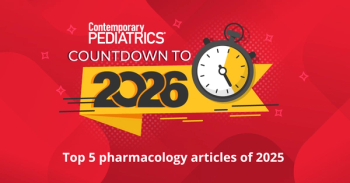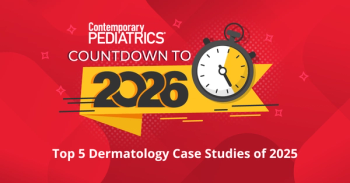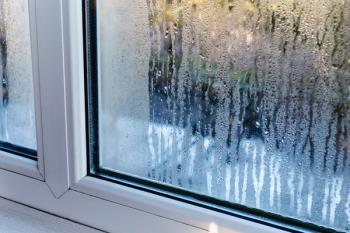
SLEEP 2008: Cell Phone Use Affects Teenagers' Sleep
Among teenagers, excessive cell phone use is associated with disrupted sleep, restlessness, stress and fatigue, according to research presented this week at SLEEP 2008, the 22nd Annual Meeting of the Associated Professional Sleep Societies, held in Baltimore.
THURSDAY, June 12 (HealthDay News) -- Among teenagers, excessive cell phone use is associated with disrupted sleep, restlessness, stress and fatigue, according to research presented this week at SLEEP 2008, the 22nd Annual Meeting of the Associated Professional Sleep Societies, held in Baltimore.
Gaby Bader, M.D., of Sahlgren's Academy in Gothenburg, Sweden, and colleagues studied 21 healthy subjects aged 14 to 20 who kept regular work and study hours and had no diagnosed sleeping problems. They compared 11 frequent cell phone users (experimental group) who had more than 15 calls and/or text messages per day and 10 infrequent cell phone users (control group) who had fewer than five calls and/or text messages per day.
Compared to the control group, the researchers found that the experimental group had a longer sleep latency, showed more agitation and stage shifts during the first recorded sleep hour, and tended to toss and turn throughout the night. They also found that those in the experimental group were more likely to experience difficulty waking up in the morning and fatigue before midday.
"All control subjects had breakfast while 33 percent of experimental subjects did not have it," the authors report. "Experimental subjects spent more time on computers, and drank more [Coke] and alcohol than control subjects."
Copyright © 2008
Newsletter
Access practical, evidence-based guidance to support better care for our youngest patients. Join our email list for the latest clinical updates.








